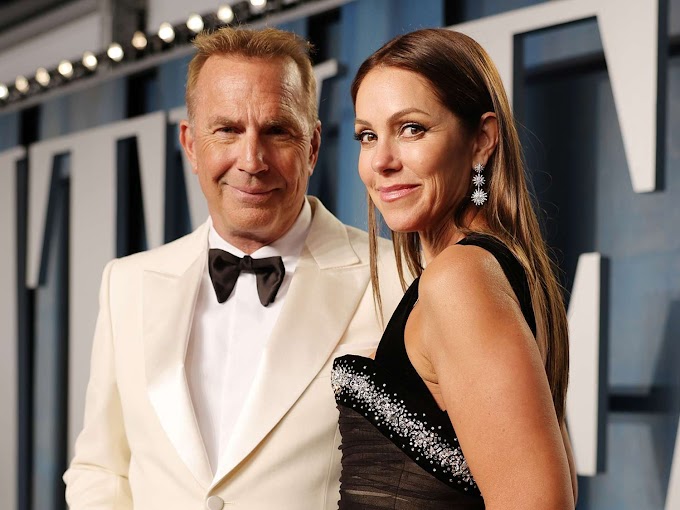Meg Ryan's ascent to fame in the late 1980s and 1990s was meteoric. With hits like "When Harry Met Sally" (1989), "Sleepless in Seattle" (1993), and "You've Got Mail" (1998), she became synonymous with the romantic comedy genre. These films not only solidified her as America's sweetheart but also established a brand that audiences loved and studios relied upon.
Ryan's charm, wit, and on-screen chemistry with co-stars like Tom Hanks created a reliable formula for box office success. However, this consistency also led to typecasting, which, while initially beneficial, began to limit her opportunities for diverse roles. The audience's expectation of Ryan as the quintessential girl-next-door became a double-edged sword, making it challenging for her to break away from the mold.
In the early 2000s, Meg Ryan made a conscious effort to transition into more serious and diverse roles. Films like "Courage Under Fire" (1996) and "Proof of Life" (2000) were significant departures from her established image. While these roles demonstrated her versatility and acting range, they did not achieve the commercial success of her earlier romantic comedies.
The reception of Ryan's edgier roles was mixed. Critics appreciated her willingness to take risks and expand her repertoire, but audiences were less enthusiastic. The dramatic shift in her on-screen persona alienated some of her fan base, who preferred the familiar charm of her romantic comedy characters.
In 2000, during the filming of "Proof of Life," Ryan's highly publicized affair with co-star Russell Crowe became a media sensation. This scandal, coupled with her divorce from Dennis Quaid, shifted public focus from her professional endeavors to her personal life. The media scrutiny and negative press impacted her career, overshadowing her efforts to reinvent herself on screen.
The affair and subsequent divorce damaged Ryan's public image. Hollywood's response was swift; she faced fewer offers and a reduction in high-profile roles. The combination of her quest for edgier roles and the personal scandal created a perfect storm that led to a noticeable decline in her career trajectory.
The early 2000s also saw significant changes in the Hollywood landscape. The rise of franchise films, superhero movies, and a focus on younger stars reshaped the industry. Actresses who had been typecast in specific genres found it increasingly difficult to transition as the market favored new faces and big-budget blockbusters.
These industry shifts further complicated Ryan's attempts to revive her career. Her efforts to redefine her image came at a time when Hollywood was less receptive to such transitions. This context is crucial in understanding the broader challenges she faced beyond her personal and professional choices.
Despite the setbacks, Meg Ryan remains an iconic figure in Hollywood. Her contributions to the romantic comedy genre have left an indelible mark on cinema. In recent years, she has explored directing and producing, demonstrating her resilience and adaptability in an ever-changing industry.
Ryan's career trajectory offers valuable lessons about the challenges of typecasting, the impact of personal scandals on public perception, and the complexities of navigating a dynamic industry. Her journey underscores the importance of adaptability and the courage to take risks, even when faced with significant obstacles.




